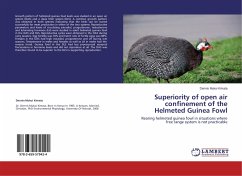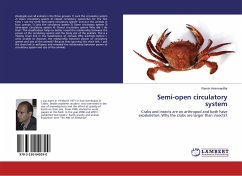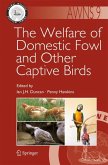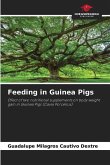Growth pattern of helmeted guinea fowl keets was studied in an open air system (OAS) and a deep litter system (DLS). A common growth pattern was obtained in both systems indicating that the birds can be reared successfully for meat production in either of the two systems. Reproductive parameters and levels of circulating estradiol, progesterone, testosterone and luteinizing hormone (LH) were studied in adult helmeted guinea fowl in the OAS and DLS. Reproductive cycles were obtained in the OAS during rainy seasons. Egg fertility was 35% and hatch rate of fertile eggs was 89%. Females in the OAS had high estradiol, progesterone and LH during wet seasons. Testosterone in males and females as well as LH in males had the reverse trend. Guinea fowl in the DLS had less pronounced seasonal fluctuations in hormone levels and did not reproduce at all. The OAS was therefore found to be superior to the DLS in supporting reproduction.







![The Wild Fowl of the United States and British Possessions, or, The Swan, Geese, Ducks, and Mergansers of North America [microform]: With Accounts of The Wild Fowl of the United States and British Possessions, or, The Swan, Geese, Ducks, and Mergansers of North America [microform]: With Accounts of](https://bilder.buecher.de/produkte/65/65621/65621138m.jpg)
